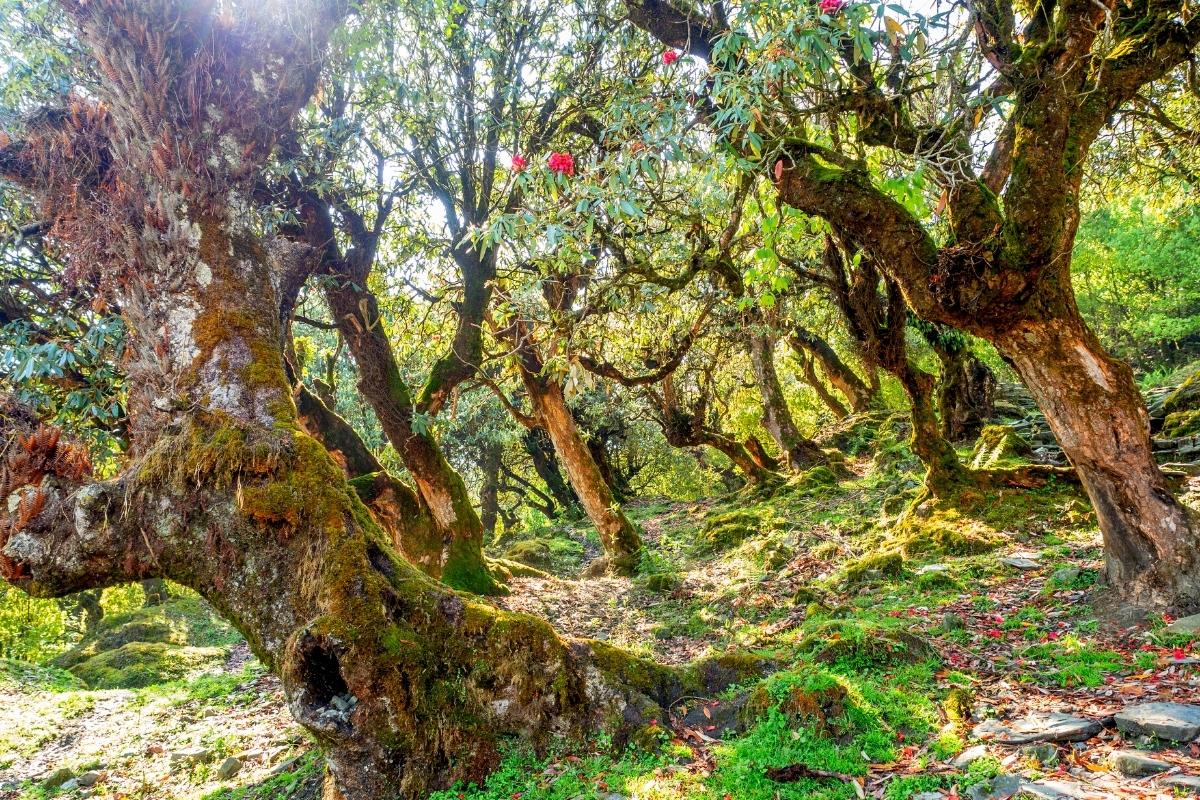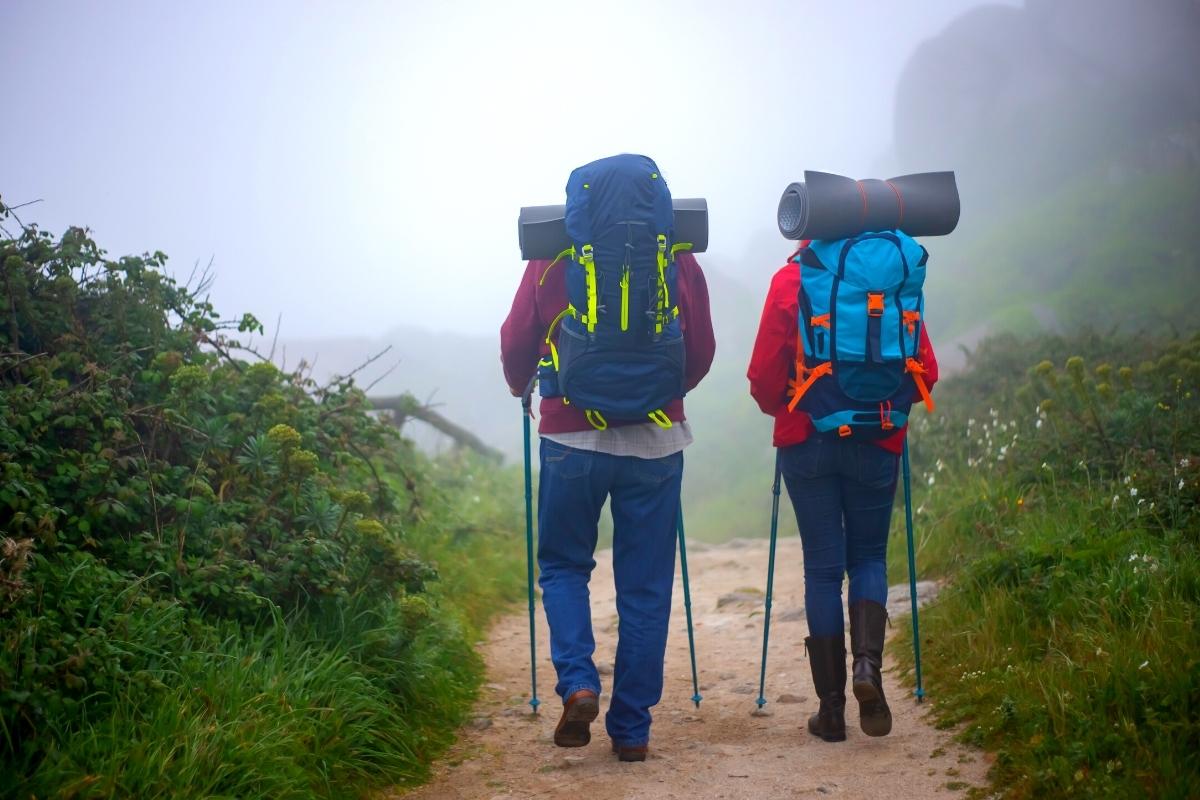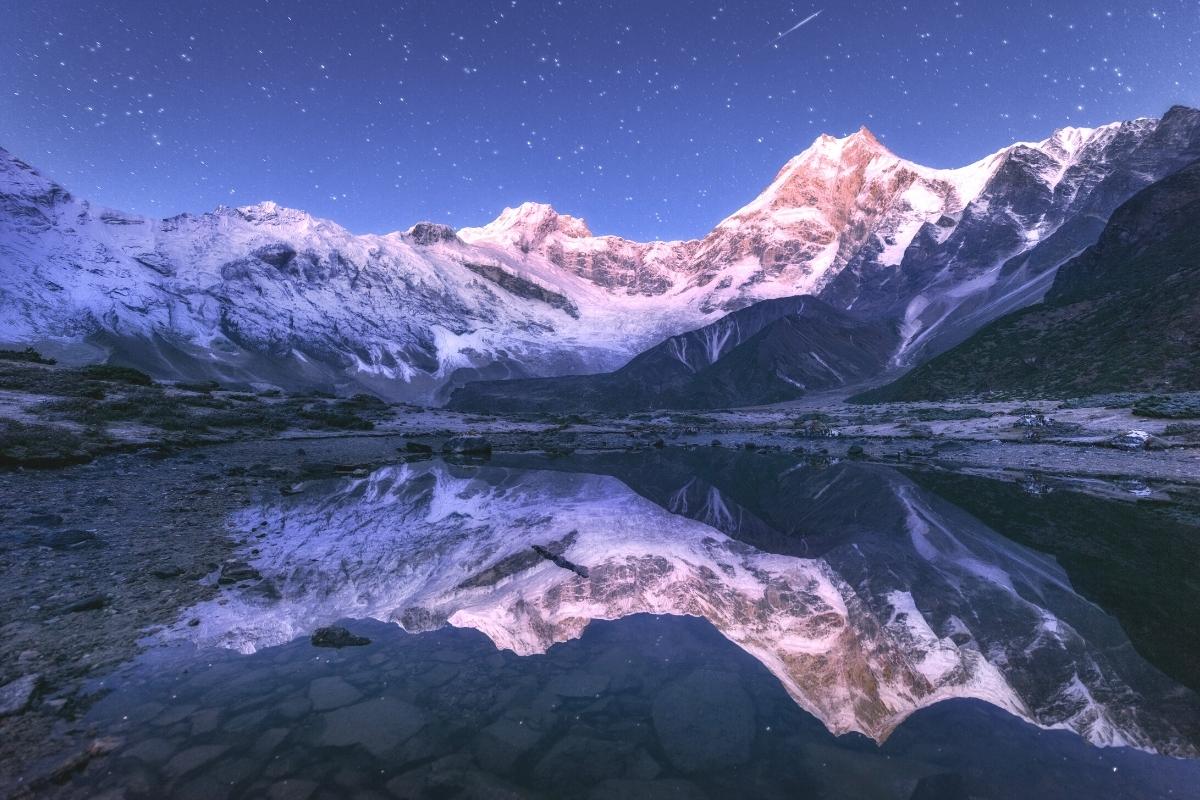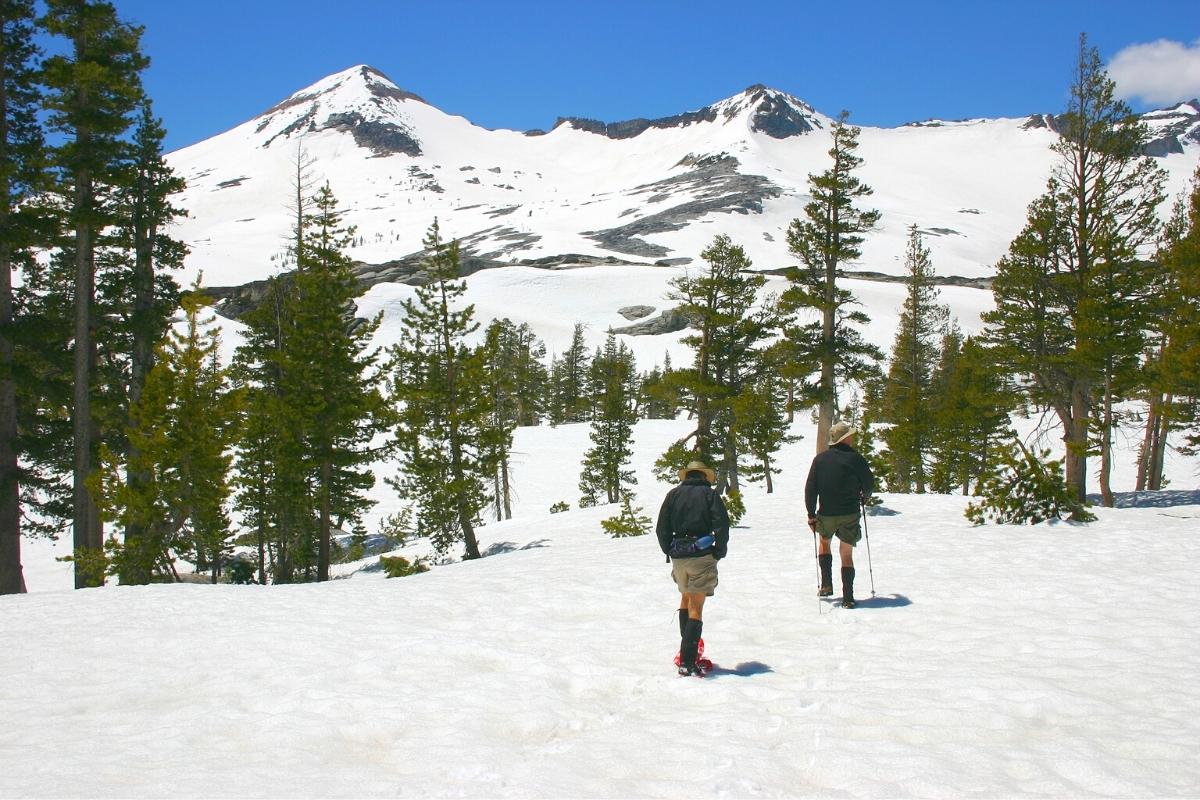If you're going on holiday to the Himalayas and want to know when is the best season to trek, the short answer is "it depends"! In general, there is no final best moment for everyone. But many tourists like to visit Everest in spring (March to May) or autumn (September to November).
The spring and autumn seasons are ideal for visiting the Everest Base Camp since they offer excellent weather and low rainfall, making them suitable for trekking. This, however, means that certain hiking seasons will be overcrowded with tourists.
Winter is an etching, spring a watercolor, summer an oil painting, and autumn a mosaic of them all. – Stanley Horowitz
One can visit and trek to Everest Base Camp at any time of the year. Nepal has a wide range of geographical features. Its climate changes considerably from tropical Terai / Plain Land to the Hill area (which does not have snow) to the Himalayas region (which does have snow). The same sceneries will seem different in each season, providing a fresh experience.
Let us walk you through what to expect each season in the Everest Region. We have discussed the benefits and drawbacks of each season. We hope this helps you make an informed decision on when to visit Everest base camp Trek.
Spring – adds new life to nature (March to May)

If you like warm temperatures, blossoming flora, and moderate days, spring is the best time to trek in ebc. Early spring is often cool, with pleasant temperatures in low elevations between 1,000 and 2,000 meters.
During this season, many rhododendron species will blossom throughout Everest. They are found at elevations ranging from 1,400 to 3,600 meters.
The temperature ranges between 20 and 7 degrees Celsius during the day and around 7 degrees Celsius at night. There is little precipitation; however, dust collected in the air after a dry winter may affect the view of the mountains at lower elevations. Trekking in the spring will reward you with spectacular views of rhododendrons and other wildflowers.
PROS FOR SPRING TREKKING IN EVEREST
- Temperatures in the upper and lower mountain ranges range from 16 to 23 degrees Celsius.
- Pleasant, warm conditions throughout the day, and even warmer at night
- Snow that forms during the winter melts away by April, allowing access to high mountain passes above 4500 meters.
- Fewer trekkers than in October and November offers more opportunities to explore Everest areas.
- Spring is the climbing season in the Everest region, making it an ideal time to trek.
CONS FOR SPRING TREKKING IN EVEREST
- Lower altitude trekking can get hot and sweaty as summer approaches.
- Clouds and minor rainfall are typical in the afternoon (clear on nights and mornings).
Monsoon – Feel the scent of rain and wildflowers (June to August)

Summer brings monsoon rains from June to August, therefore trekking on Everest is not suggested during this season. The monsoon brings high temperatures, heavy rain, and uncomfortable circumstances.
Summer trekking is still viable for individuals who enjoy the rain and prefer less crowded trails. You may appreciate the peace and beauty of the fields, which are filled with bright green vegetation.
Everest offers a dry climate throughout the summer months, protected from the monsoon and high plateau, with clear skies, unbroken vistas, and breathtaking landscapes.
PROS FOR SUMMER TREKKING IN EVEREST
- Opportunities to learn about Tibetan culture and to see high Himalayan beauty.
- There are significantly fewer trekkers in villages and on trails, so you can appreciate the beauty and quiet of the mountains without the crowds.
CONS FOR SUMMER TREKKING IN EVEREST
- In Everest, the monsoon causes damp and humid conditions, hiding views into the clouds.
- Slippery and sometimes landslide trails.
Autumn- see the beauty in change (September to November)

The months of September through November are the most popular for visiting Everest, with perfect conditions for hiking and other outdoor adventures in the mountain. The air becomes cleaner when the monsoon rains to wipe away the dust. The sky is clear, and the vistas of the Himalayan mountains are breathtaking.
It is also harvesting season. Villagers would gather in groups, cheerfully singing folk songs while harvesting their crops. Furthermore, around this time of year, Nepal has numerous important and colorful festival ceremonies, such as Dashain and Tihar.
The weather on the Everest trip in autumn is nice, with temperatures hovering around 20 degrees Celsius during the day and approximately 10 degrees Celsius at night.
PROS FOR AUTUMN TREKKING IN EVEREST
- Even though the days are getting warmer, the evenings are getting colder as winter approaches.
- The weather is calm and sunny, with beautiful skies and breathtaking views.
- The temperature in the upper and lower mountains ranges between 15 to 24 degrees Celsius.
CONS FOR AUTUMN TREKKING IN EVEREST
- Generally with better weather comes more travelers, making the trial overcrowded.
Winter - beautifies everything snow covers (December to February)

For most people, it is too cold to trek to the Everest region in Winter. Daytime temperatures can range between 9-12ºC and evenings can drop to -0 or below.
The weather and visibility are still decent for Everest hiking in December and early January, however, it can get cold and hazardous at high altitudes. Trekking in winter provides particular advantages for individuals who prefer fewer crowds, clear skies, and don't mind the low temperature.
Mornings can be misty, but afternoons are frequently clear, with snow on the mountains. If you don't mind the cold, winter is an excellent time to hike Everest. There are significantly fewer people than in October and November, as well as on lower to mid-altitude paths where the weather remains rather nice. Our Christmas and New Year's celebrations are likewise quite popular for this reason.
PROS FOR WINTER TREKKING IN EVEREST
- Fewer trekkers on the trail mean fewer crowds.
- During the daytime, the sky is often clear and blue.
- The monasteries are beautiful in the winter, and some fresh snow on the hills is ideal for shooting.
CONS FOR WINTER TREKKING IN EVEREST
- Due to snow cover, high passes such as Larkye La may be inaccessible.
- Colder temperatures necessitate more planning and preparation, but the benefits are well worth it.





